Microchip MRF49XA Bedienungsanleitung
Microchip
Nicht kategorisiert
MRF49XA
Lies die bedienungsanleitung für Microchip MRF49XA (22 Seiten) kostenlos online; sie gehört zur Kategorie Nicht kategorisiert. Dieses Handbuch wurde von 5 Personen als hilfreich bewertet und erhielt im Schnitt 4.7 Sterne aus 3 Bewertungen. Hast du eine Frage zu Microchip MRF49XA oder möchtest du andere Nutzer dieses Produkts befragen? Stelle eine Frage
Seite 1/22

2010-2017 Microchip Technology Inc. DS00001204C-page 1
AN1204
INTRODUCTION
The demand is growing for most applications to move to
wireless communication. The benefits are reduced
costs and easy implementation. Wireless communica-
tion does not require cabling and other hardware, and
the associated installation costs. It can also be imple-
mented in locations where installing cable is difficult.
Since the IEEE released the Wireless Personal Area
Network (WPAN) specification (IEEE 802.15.4™) in
2003 and onwards, it has become the real industry
standard for low-rate WPANs (LR-WPAN). The
specification applies to low-data rate applications with
low-power and low-cost requirements.
The Microchip MiWi™ P2P Wireless Protocol is
supported in MiWi Development Environment (DE).
It is
a variation of IEEE 802.15.4, using Microchip’s IEEE
802.15.4 compliant and other proprietary RF
transceivers which are controlled by Microchip 8-, 16-, or
32-bit microcontroller with a Serial Peripheral Interface
(SPI). The Microchip MiWi P2P protocol stacks are now
expanded beyond the IEEE 802.15.4 specification to
support Microchip proprietary transceivers while using
IEEE 802.15.4 Media Access Control (MAC) layer
design as the reference. The MiWi P2P Wireless
Protocol Stack supports both P2P and Star topologies.
The MiWi P2P protocol provides reliable direct wireless
communication through a user friendly programming
interface. It has a rich feature set that can be compiled
in and out of the stack to meet a wide range of customer
needs while minimizing the stack footprint.
This application note describes all about MiWi P2P
Protocol and also its differences from IEEE 802.15.4.
The document details the supported features,
implementations and usage for wireless application
developers.
It is recommended for the readers to go through the
IEEE 802.15.4 specification and Microchip MiMAC/
MiApp interfaces before reading this application note or
working with the MiWi P2P and Star wireless protocols.
For more information on MiMAC and MiApp, refer to the
Application Notes “AN1283 Microchip Wireless MiWi™
Media Access Controller – MiMAC” (DS00001283) and
“AN1284 Microchip Wireless MiWi™ Application
Programming Interface – MiApp” (DS00001284).
Protocol Overview
The MiWi P2P protocol stack modifies the
IEEE 802.15.4 specification MAC layer by adding com-
mands that simplify the handshaking process. It simpli-
fies link disconnection and channel hopping by
providing supplementary MAC commands. However,
application-specific decisions, such as when to perform
an energy scan or when to jump channels, are not
defined in the protocol. These issues are left to the
application developer.
Protocol Features
The MiWi P2P Wireless Protocol has the following
features:
• Supports Microchip PIC16, PIC18, PIC24,
dsPIC33 and PIC32 platforms through Microchip
XC8, XC16 and XC32 compilers, respectively
• Supports MRF24J40 (IEEE 802.15.4 compliant
radio transceiver) and MRF89XA (proprietary
radio transceiver) through Microchip Application
Libraries
• Functions as a state machine
(not RTOS-dependent)
• Supports a sleeping device at the end as a
communication node
• Enables Energy Detect (ED) scanning to operate
on the least-noisy channel
• Provides active scan for detecting new and
existing connections
• Supports frequency agility (channel hopping)
Protocol Considerations
The MiWi P2P protocol is a variation of IEEE 802.15.4
and supports both peer-to-peer (P2P) and star
topologies. It has no routing mechanism, hence the
wireless communication coverage is defined by the
radio range. The Guaranteed Time Slot (GTS) and
Beacon networks by option are not supported, hence
both the sides of the communication cannot
simultaneously go to Sleep mode. If the application
requires wireless networking and routing instead of P2P
and Star type communication, MiWi Mesh is a suitable
communication platform for proprietary standards. For
details on MiWi Mesh, refer to the Application Note
“Microchip MiWi™ Mesh Wireless Networking Protocol”
from the Microchip website. However, for
interoperability type of requirements with wireless
devices or nodes of other vendors, ZigBee
®
protocol
based on IEEE802.15.4 is a good option.
Authors: Yifeng Yang
Pradeep Shamanna
Derrick Lattibeaudiere
Vivek Anchalia
Microchip Technology Inc.
Microchip MiWi™ P2P Wireless Protocol

AN1204
DS00001204C-page 2 2010-2017 Microchip Technology Inc.
IEEE 802.15.4™ SPECIFICATION AND
MiWi™ P2P WIRELESS PROTOCOL
Most of the products in the market use the original
IEEE 802.15.4a specification, also known as
IEEE 802.15.4-2003 or Revision A. In 2006, a revised
edition was published to clarify a few issues. Referred
to as IEEE 802.15.4b or 802.15.4-2006, the revision
added two PHY layer definitions in the sub-GHz spec-
trum and modified the security module.
In this document, references to IEEE 802.15.4 means
Revision A of the specification. The MiWi P2P protocol
takes IEEE 802.15.4 specification as the design
reference and expands the support from
IEEE 802.15.4 compliant transceiver to Microchip
proprietary transceivers.
Device Types
The MiWi P2P protocol categorizes devices based on
their IEEE definitions and their role in making the
communication connections as shown in Table 1 and
Table 2. The MiWi P2P protocol supports all of these
device types.
TABLE 1: IEEE 802.15.4™ DEVICE TYPES
BASED ON FUNCTIONALITY
TABLE 2: IEEE 802.15.4™ DEVICE TYPES
BASED ON ROLE
Supported Topologies
The IEEE 802.15.4 and the MiWi P2P protocol support
two topologies: star and peer-to-peer.
STAR TOPOLOGY
A typical star topology is shown in Figure 1. From a
device role perspective, the topology has one Personal
Area Network (PAN) Coordinator that initiates
communications and accepts connections from other
devices. It has several end devices that join the
communication. The end devices can establish
connections only with the PAN Coordinator.
As to functionality type, the PAN Coordinator of the star
topology is a Full Function Device (FFD). The end
device can be an FFD with its radios ON all the time, or
a Reduced Function Device (RFD) with its radio OFF
when it is Idle. Regardless of its functional type, the end
devices can only communicate to the PAN Coordinator.
FIGURE 1: STAR TOPOLOGY
Functional
Type
Power
Source
Node Idle
Mode
Configuration
Data
Reception
Method
Full
Function
Device
(FFD)
Wall
Power/
Mains
On Direct
Reduced
Function
Device
(RFD)
Battery Off Poll from the
associated
device
Role Type
Functional
Type
Role Description
Personal
Area
Network
(PAN)
Coordinator
FFD The device starts first and
waits for a connection.
End Device FFD or
RFD
The device starts after
the PAN Coordinator has
started to establish a
connection.
PAN Coordinator
FFD End Device
RFD End Device
Legend
Produktspezifikationen
| Marke: | Microchip |
| Kategorie: | Nicht kategorisiert |
| Modell: | MRF49XA |
Brauchst du Hilfe?
Wenn Sie Hilfe mit Microchip MRF49XA benötigen, stellen Sie unten eine Frage und andere Benutzer werden Ihnen antworten
Bedienungsanleitung Nicht kategorisiert Microchip
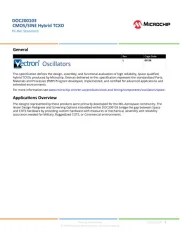
24 Juli 2025
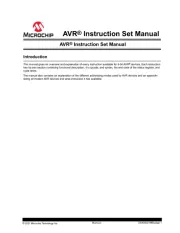
11 Juli 2025
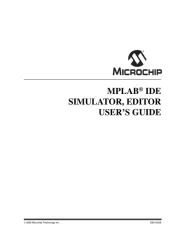
11 Juli 2025
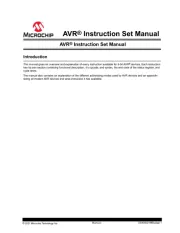
11 Juli 2025
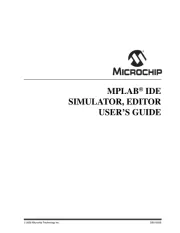
10 Juli 2025
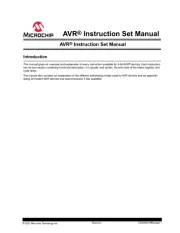
10 Juli 2025
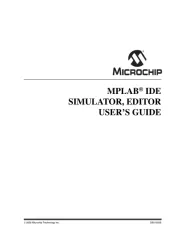
10 Juli 2025
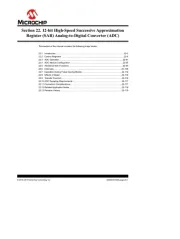
10 Juli 2025
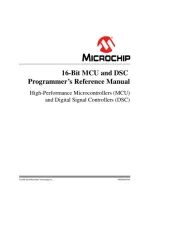
10 Juli 2025
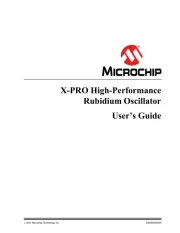
10 Juli 2025
Bedienungsanleitung Nicht kategorisiert
- EZ Dupe
- BORA
- Potenza
- Plum
- ProDAD
- Seagate
- Wilson
- RetroSound
- Ibm
- Mirpol
- Nuance
- Fresca
- Celestron
- Gaggenau
- British Telecom
Neueste Bedienungsanleitung für -Kategorien-

30 Juli 2025
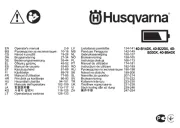
30 Juli 2025
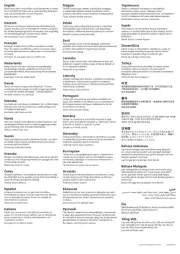
30 Juli 2025

30 Juli 2025
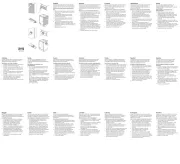
30 Juli 2025
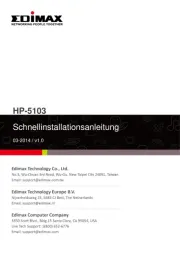
30 Juli 2025
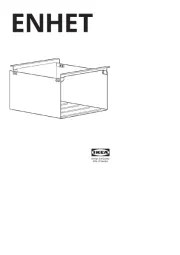
30 Juli 2025
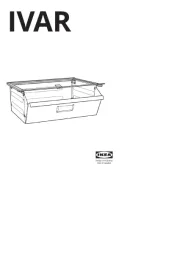
30 Juli 2025

30 Juli 2025
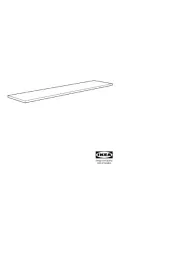
30 Juli 2025